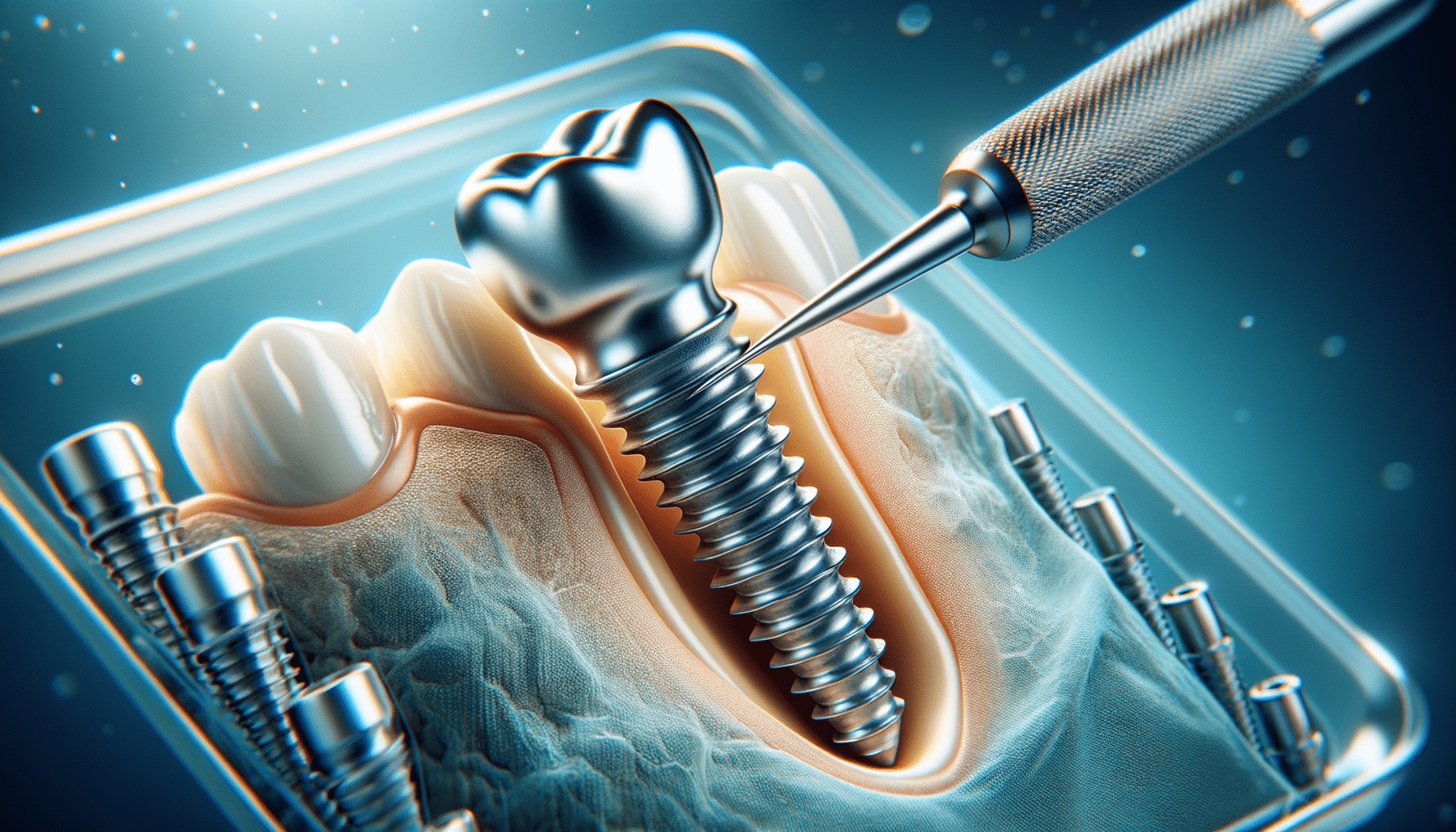
Fix Your Smile With Affordable Dental Implants
Introduction to Dental Implants
Dental implants have revolutionized the way we approach tooth replacement. Unlike dentures or bridges, dental implants provide a permanent solution that not only restores the aesthetics of your smile but also the functionality of your teeth. These artificial tooth roots are embedded into the jawbone, offering a stable base for replacement teeth that look, feel, and function like natural teeth. This article explores the various aspects of dental implants, highlighting their importance and the reasons they are becoming a preferred choice for many.
The Procedure of Getting Dental Implants
Understanding the procedure of getting dental implants can alleviate any apprehensions you might have. The process typically involves several stages, starting with a comprehensive dental examination. During this initial phase, your dentist will assess the condition of your jawbone and any remaining teeth. This is followed by the surgical placement of the implant into the jawbone. Over the next few months, a process known as osseointegration occurs, where the implant fuses with the bone, providing a robust foundation for the artificial tooth.
Once the implant is securely integrated, an abutment is attached, which serves as a connector between the implant and the crown. Finally, the custom-made crown is placed atop the abutment, completing the restoration. This meticulous process ensures that the dental implant functions seamlessly with your natural teeth, offering durability and a natural appearance.
Benefits of Dental Implants
Dental implants offer numerous advantages over traditional tooth replacement options. One of the most significant benefits is their ability to prevent bone loss. When a tooth is lost, the jawbone can begin to deteriorate due to lack of stimulation. Dental implants provide the necessary stimulation to maintain bone density, preserving the structure of your face and preventing premature aging.
Additionally, dental implants improve oral health by allowing easier access between teeth, enhancing oral hygiene. Unlike bridges, which may require altering adjacent teeth, implants do not affect neighboring teeth, preserving your natural tooth structure. Furthermore, they offer exceptional durability, with the potential to last a lifetime with proper care.
Cost Considerations and Affordability
While dental implants are often perceived as a costly investment, their long-term benefits can outweigh the initial expense. The cost of dental implants varies depending on several factors, including the number of implants needed, the type of implant, and any additional procedures required, such as bone grafting. However, many dental practices offer financing options and payment plans to make implants more accessible.
It’s essential to consider the longevity and durability of dental implants when evaluating their cost. Unlike other tooth replacement options that may need frequent repairs or replacements, implants are designed to last, potentially reducing future dental expenses. Discussing your financial concerns with your dentist can help you explore affordable solutions tailored to your needs.
Conclusion: The Future of Dental Health
Dental implants represent a significant advancement in dental health, offering a reliable and aesthetically pleasing solution for tooth loss. As technology continues to evolve, the process of getting dental implants becomes more streamlined and accessible, making it a viable option for a broader audience. Whether you’re looking to restore a single tooth or an entire arch, dental implants can provide a solution that enhances your quality of life, boosting your confidence and ensuring your smile remains radiant for years to come.
By understanding the benefits and process of dental implants, you can make an informed decision about your dental health, ensuring that your investment in your smile is both wise and rewarding.


